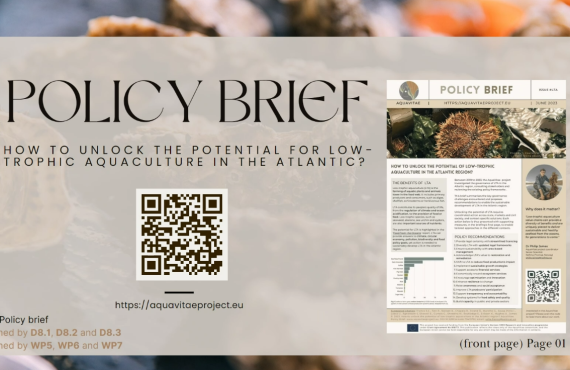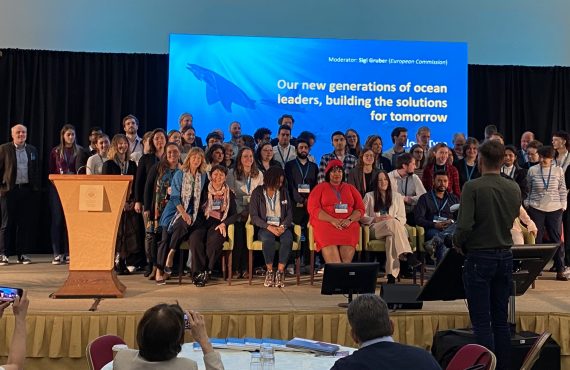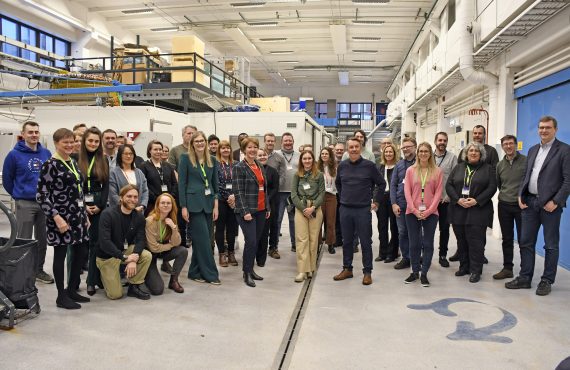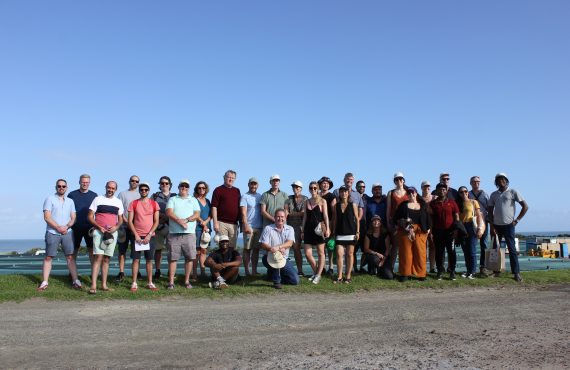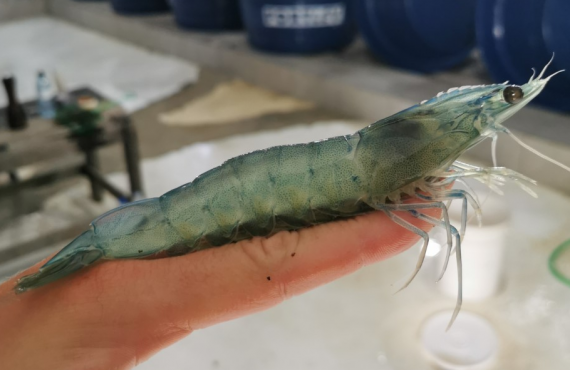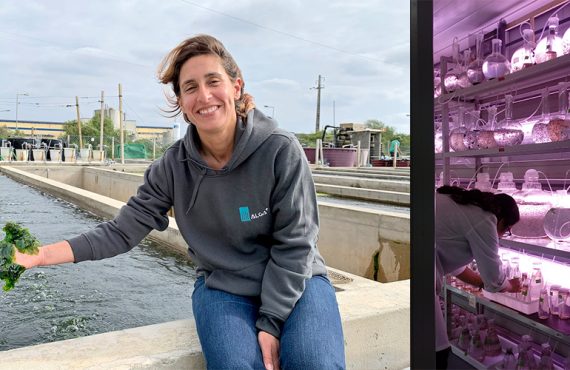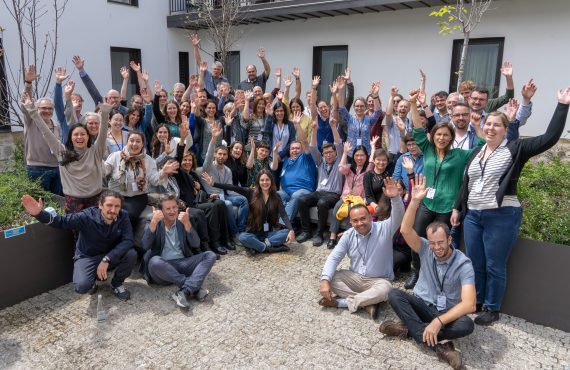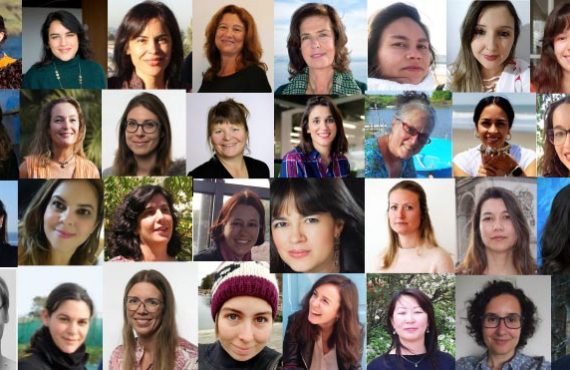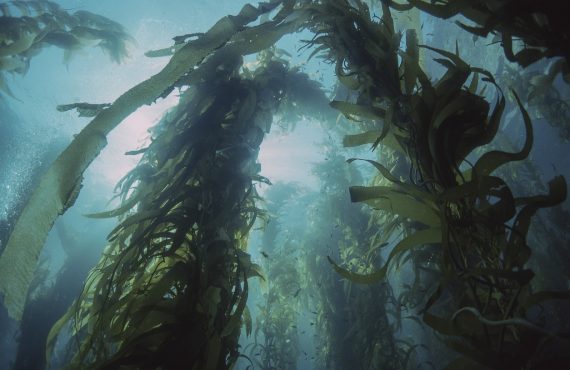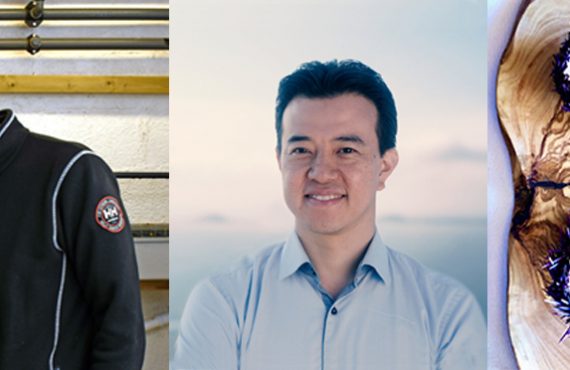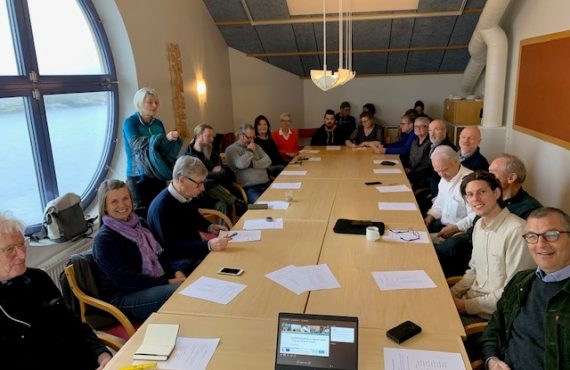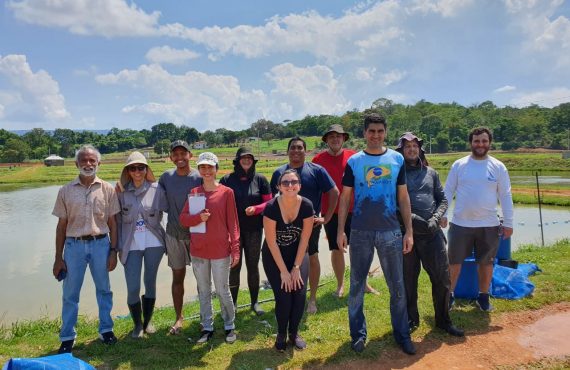Group photo of participants in the workshop in offshore aquacuture, in Sweden on October 16th-18th 2019.
Authors: Asa Strand, leader of Environmental Monitoring work and Oysters Case Study in AquaVitae (IVL) & Kåre Nolde Nielsen, researcher in governance of fisheries and marine environments (UiT)
The human population is predicted to reach 9.7 billion people by 2050, placing an increasing demand on natural resources. As mentioned in the UN sustainability goals, one way to address this challenge is more sustainable food production. Low trophic-level species such as bivalves (e.g. mussels and oysters) and seaweeds (e.g. kelp) are excellent candidates for this as they are attractive culinary items, easy to harvest in the wild, reliable targets for aquaculture, and have positive environmental effects (e.g. reducing effects of eutrophication).
The expansion potential of aquaculture is, however, often restricted in coastal areas due to competition with other maritime activities. The development of low trophic species aquaculture in offshore environments is therefore in a dynamic period of advancement in technologies, siting, management, and market development, with the highest priority for expansion of bivalve and seaweed aquaculture in more energetic and/or deeper water, combined with bio-ecological engineering. This, however, poses new technical challenges and a need for revised governance structures related to food safety, co-use of areas and funding.
International industry-oriented workshop
To address these challenges, a team of partners from IVL Swedish Environmental Research Institute, University of Gothenburg, UNE NORTH, AWI, Cawthron Institute and the H2020 consortium AquaVitae hosted an industry-oriented workshop at the Kristineberg center, Sweden, with 31 participants from 11 nations on October 16th-18th. During the workshop many different topics were discussed, including the need for a joint definition of offshore aquaculture, that both inshore and offshore aquaculture is needed and that one doesn´t exclude the other as they operate on different scales. From an industry perspective it was stated that “if you don’t have to go offshore, you should not go there”, highlighting the challenges faced by the industry when going offshore.
Challenges
Technical challenges were identified as a lesser impediment compared to infrastructure and capital needs, as technical solutions can be shared between existing industries and research. It was also concluded that co-use of areas can have both benefits and drawbacks, and that there are regional differences in the need for multiuse. Finally, social dimensions and governance were identified as areas of high significance for the development of offshore activities.




